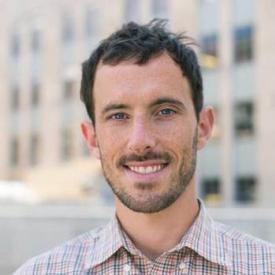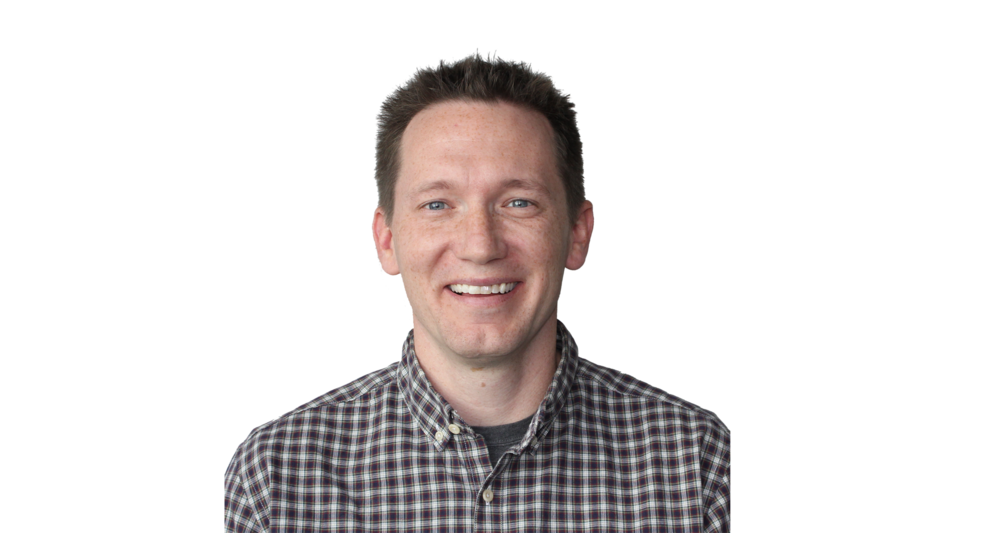Fostering a fair and rewarding work environment is of utmost priority for me as an employer and providing a Living Wage is a good place to start.
We here at Savas Labs are proud members of the Durham Living Wage Project. The DLWP (I shortened it) is a new, local organization encouraging Durhamites to take a closer look at wages, fairness, and what they suggest will result in a better society for all.




